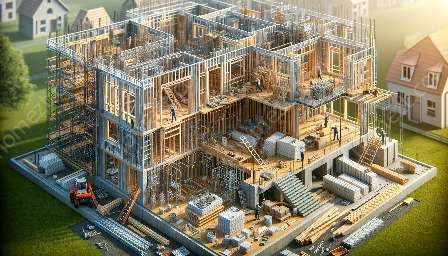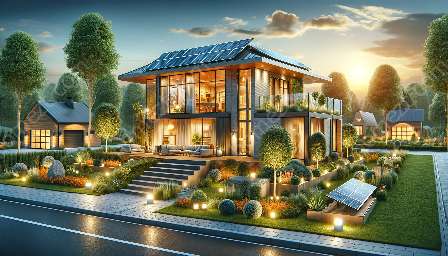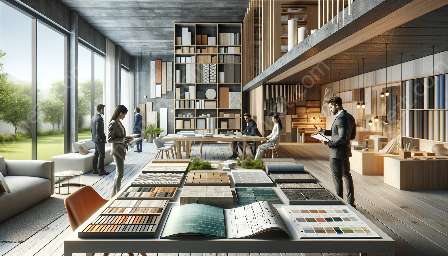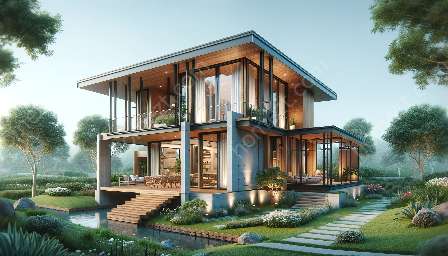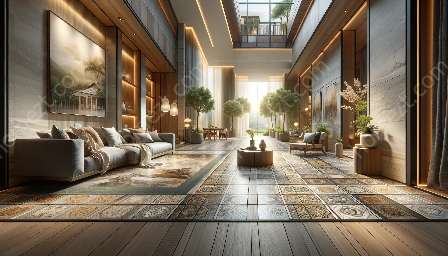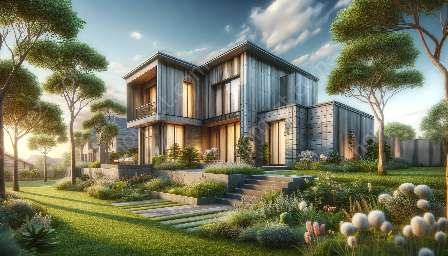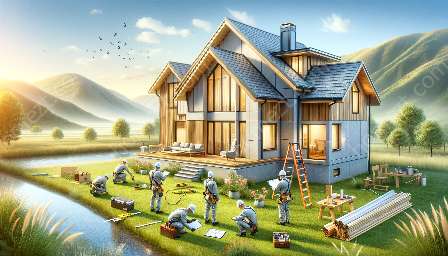When it comes to creating a welcoming and functional living space, the importance of landscape design and site development cannot be overstated. Whether it's a new construction project or an existing home in need of a makeover, the exterior environment plays a crucial role in defining the overall appeal and functionality of a property. In this comprehensive guide, we'll delve into the fundamental principles, strategic techniques, and best practices of landscape design and site development, offering valuable insights for home builders, homeowners, and enthusiasts alike.
The Art and Science of Landscape Design
At its core, landscape design is a delicate blend of art and science, aimed at transforming outdoor spaces into aesthetically pleasing and functional environments. The process begins with a thorough assessment of the site, taking into account factors such as topography, soil composition, climate, and existing vegetation. This initial analysis serves as the foundation for creating a design that harmonizes with the natural surroundings and meets the specific needs and preferences of the homeowner.
Principles of Landscape Design
Several fundamental principles guide the art of landscape design, shaping the way in which outdoor spaces are envisioned and realized. These principles include:
- Balance: Striking a visual equilibrium between different elements, such as plantings, hardscapes, and open spaces, to create a harmonious composition.
- Unity: Establishing a cohesive and interconnected design by repeating similar elements, materials, or themes throughout the landscape.
- Scale and Proportion: Ensuring that the size and arrangement of various elements are appropriate to the overall dimensions of the property, creating a sense of balance and coherence.
- Rhythm and Sequence: Introducing visual flow and movement through carefully orchestrated patterns, transitions, and focal points within the landscape.
- Emphasis: Drawing attention to key features or focal points within the design, such as architectural elements, specimen plants, or functional areas.
Site Development: Shaping the Physical Environment
While landscape design focuses on the aesthetic and spatial aspects of outdoor areas, site development encompasses the practical and technical considerations involved in shaping the physical environment to support the intended use and function of the property. This multifaceted approach extends beyond mere aesthetics, addressing key elements such as:
- Grading and Drainage: Managing the natural flow of water and ensuring proper drainage to prevent erosion, flooding, and water accumulation.
- Utility Placement: Strategically locating essential utilities, such as electrical lines, water features, irrigation systems, and outdoor structures, to optimize functionality and safety.
- Access and Circulation: Designing pathways, driveways, and entry points that facilitate smooth movement and navigation throughout the property, while enhancing curb appeal.
- Environmental Considerations: Incorporating sustainable practices, such as native plantings, rain gardens, green infrastructure, and erosion control measures, to minimize environmental impact and promote ecological balance.
Integration with Home Builders
For home builders, the collaboration with landscape designers and site developers is a pivotal aspect of the construction process, as the outdoor environment significantly contributes to the overall appeal and value of a property. By integrating landscape design and site development from the early stages of planning and construction, home builders can capitalize on the following benefits:
- Enhanced Market Value: Thoughtfully designed and well-constructed outdoor spaces can elevate the market value and desirability of the property, attracting prospective buyers and maximizing investment returns.
- Seamless Integration: By aligning the architectural and site design aspects, a cohesive and harmonious relationship can be established between the built environment and its natural surroundings, creating a unified and visually compelling property.
- Improved Livability: Strategic landscaping and site development can enhance the livability and functionality of the property, providing residents with comfortable and engaging outdoor areas for recreation, relaxation, and entertainment.
- Personalization: Tailoring the design to suit individual tastes, needs, and activities, creating a unique and inviting outdoor retreat that complements the home.
- Enhanced Curb Appeal: Strategically enhancing the visual appeal and character of the property, making a bold statement and leaving a lasting impression on visitors and passersby.
- Functional Enhancements: Introducing functional elements such as outdoor kitchens, gathering areas, fire features, and garden spaces that extend the living environment and promote outdoor enjoyment year-round.
- Sustainability and Environmental Stewardship: Embracing eco-friendly practices, such as water-wise landscaping, energy-efficient lighting, and native plantings, to minimize environmental impact and contribute to a healthier ecosystem.
Leveraging Landscape Design for Homeowners
From a homeowner's perspective, engaging in landscape design and site development projects can yield numerous advantages, fundamentally transforming the outdoor space into a personalized oasis that reflects their lifestyle and preferences. Key considerations for homeowners include:
Embracing the Art of Landscape Design and Site Development
As we navigate the intricate realm of landscape design and site development, we come to realize that the outdoor environment holds immense potential for enhancing the beauty, functionality, and value of residential properties. By mastering the principles and best practices outlined in this guide, home builders, homeowners, and enthusiasts can unlock the transformative power of their outdoor spaces, creating enduring and captivating landscapes that stand as testaments to thoughtful design and meticulous site development.
Through the careful integration of art and science, aesthetics and functionality, and innovation and tradition, the landscape design and site development process emerges as a dynamic and rewarding venture, providing endless opportunities for self-expression, personal enjoyment, and meaningful connections with the natural world.



